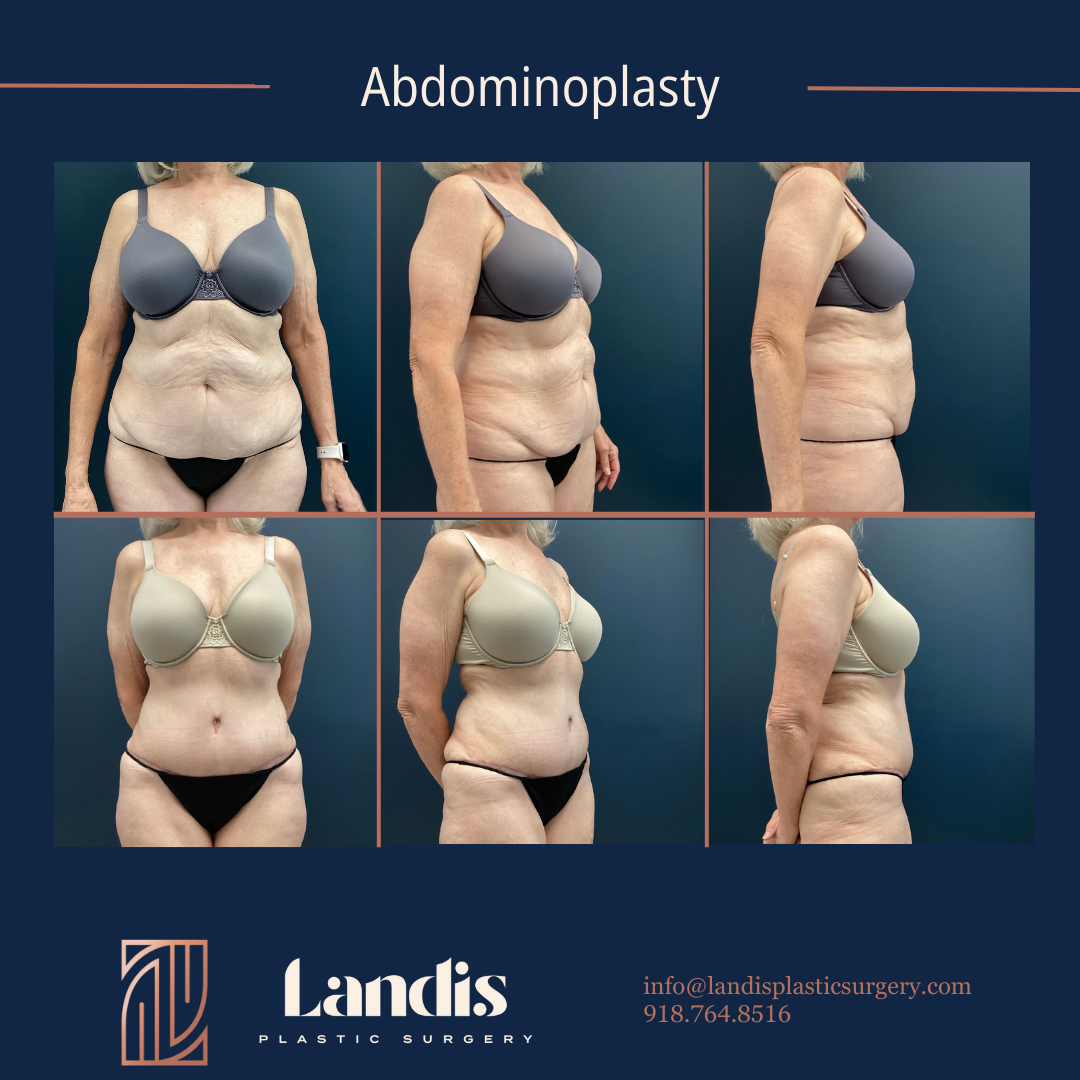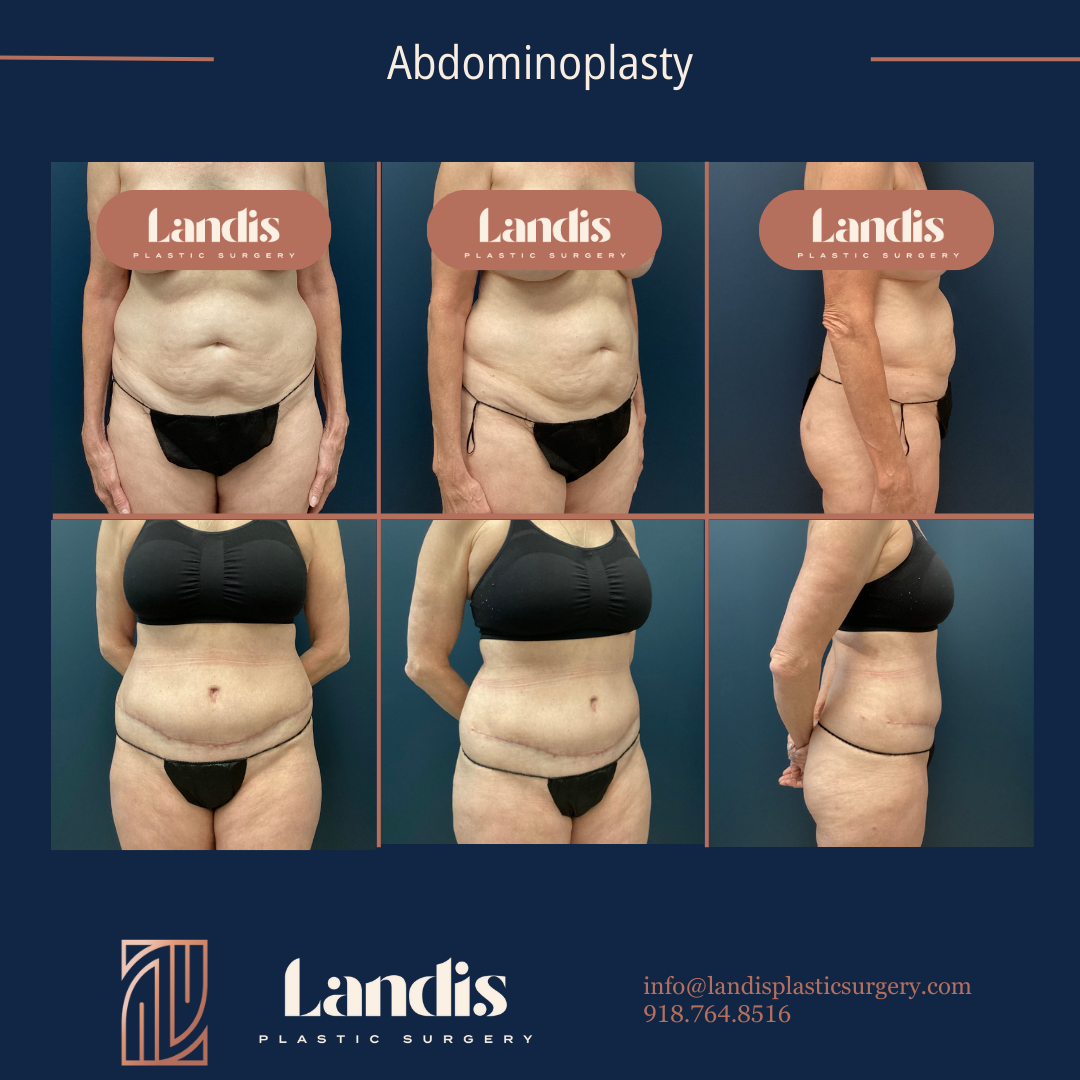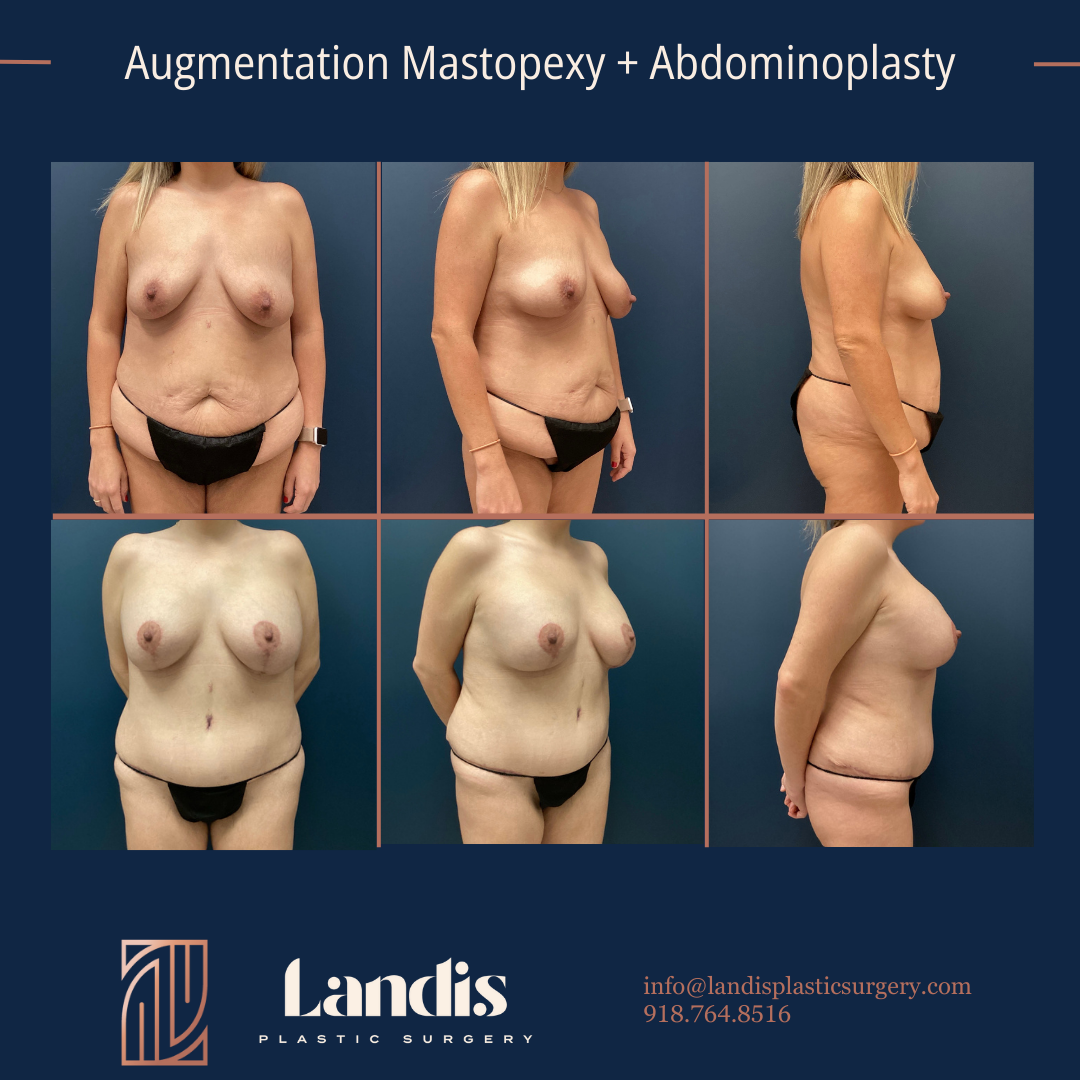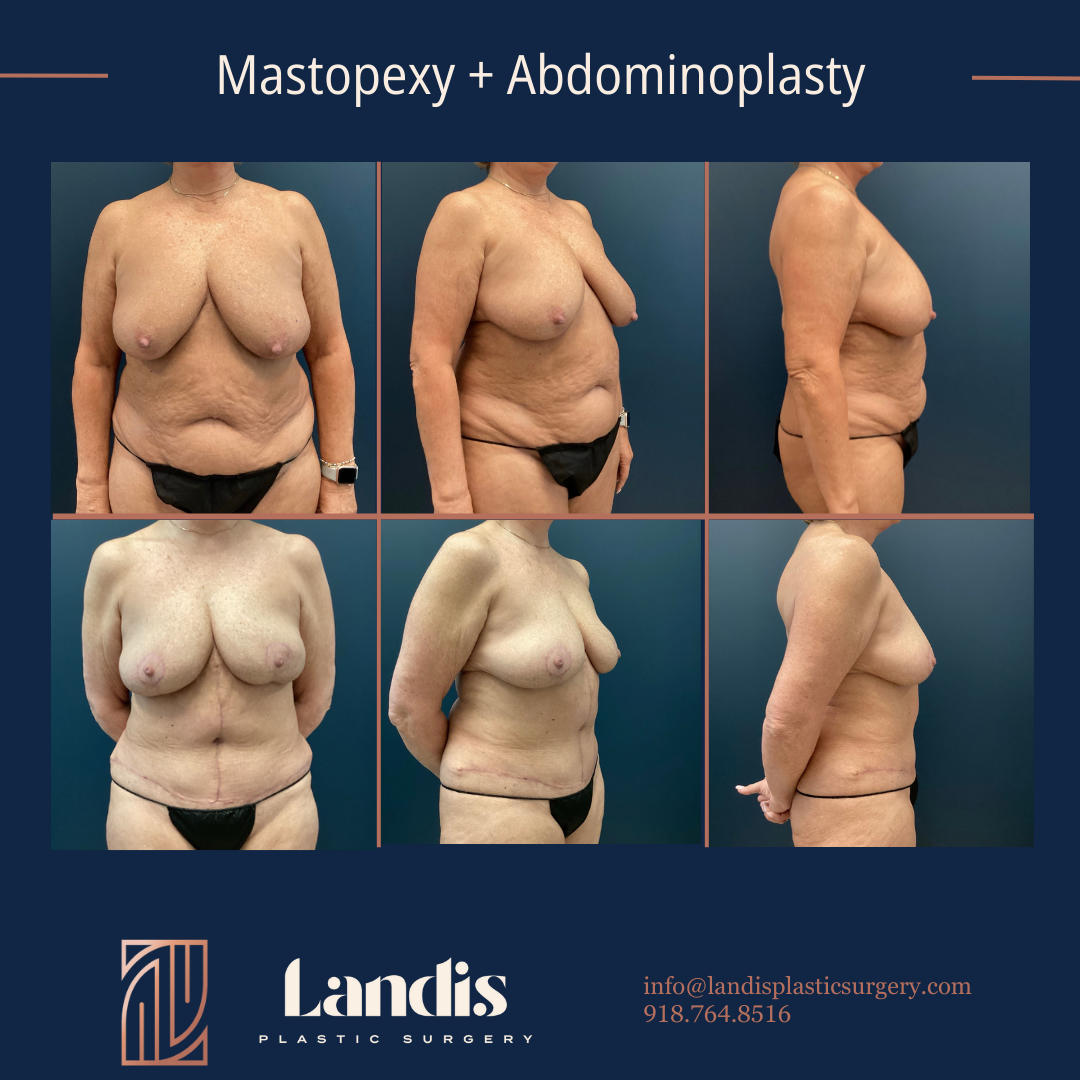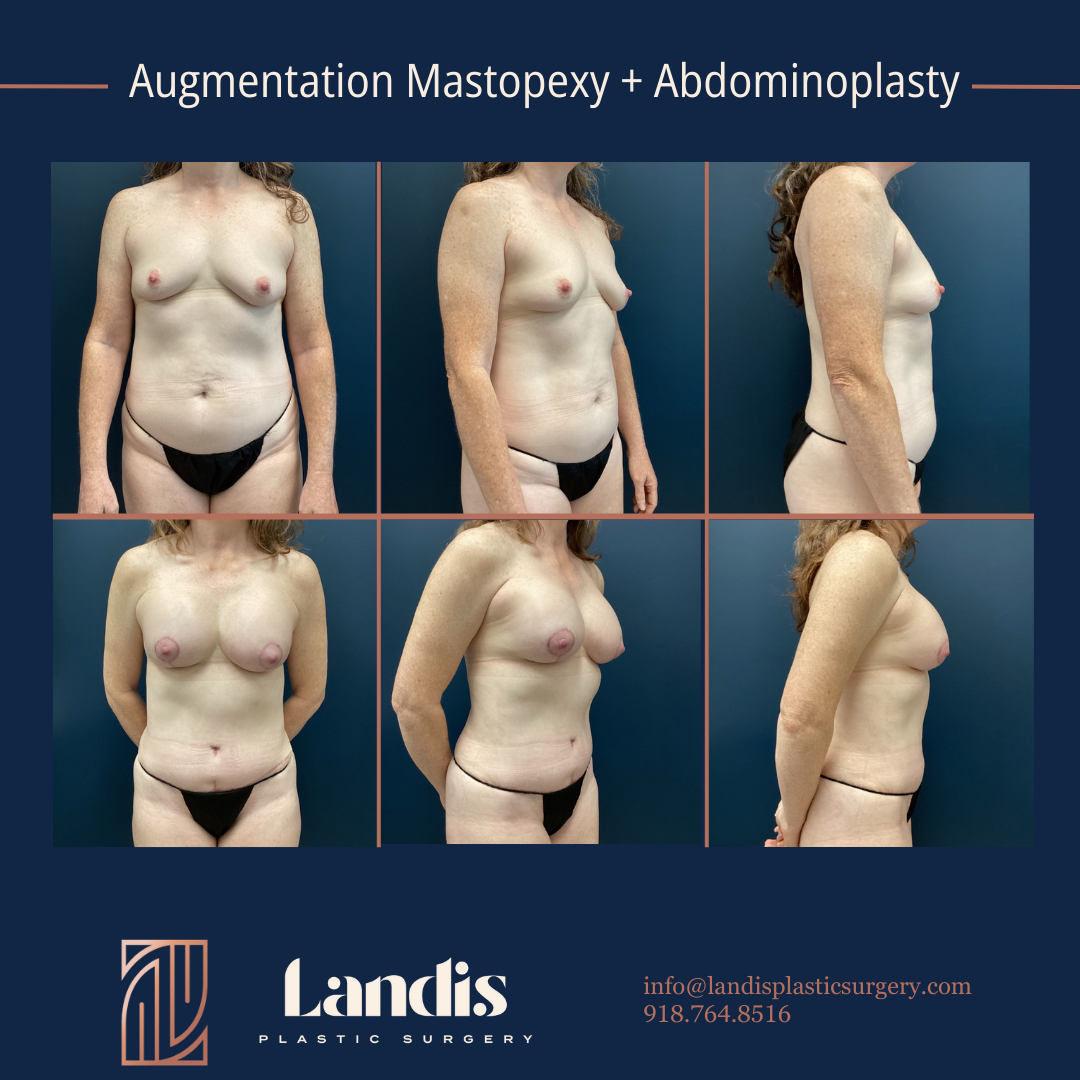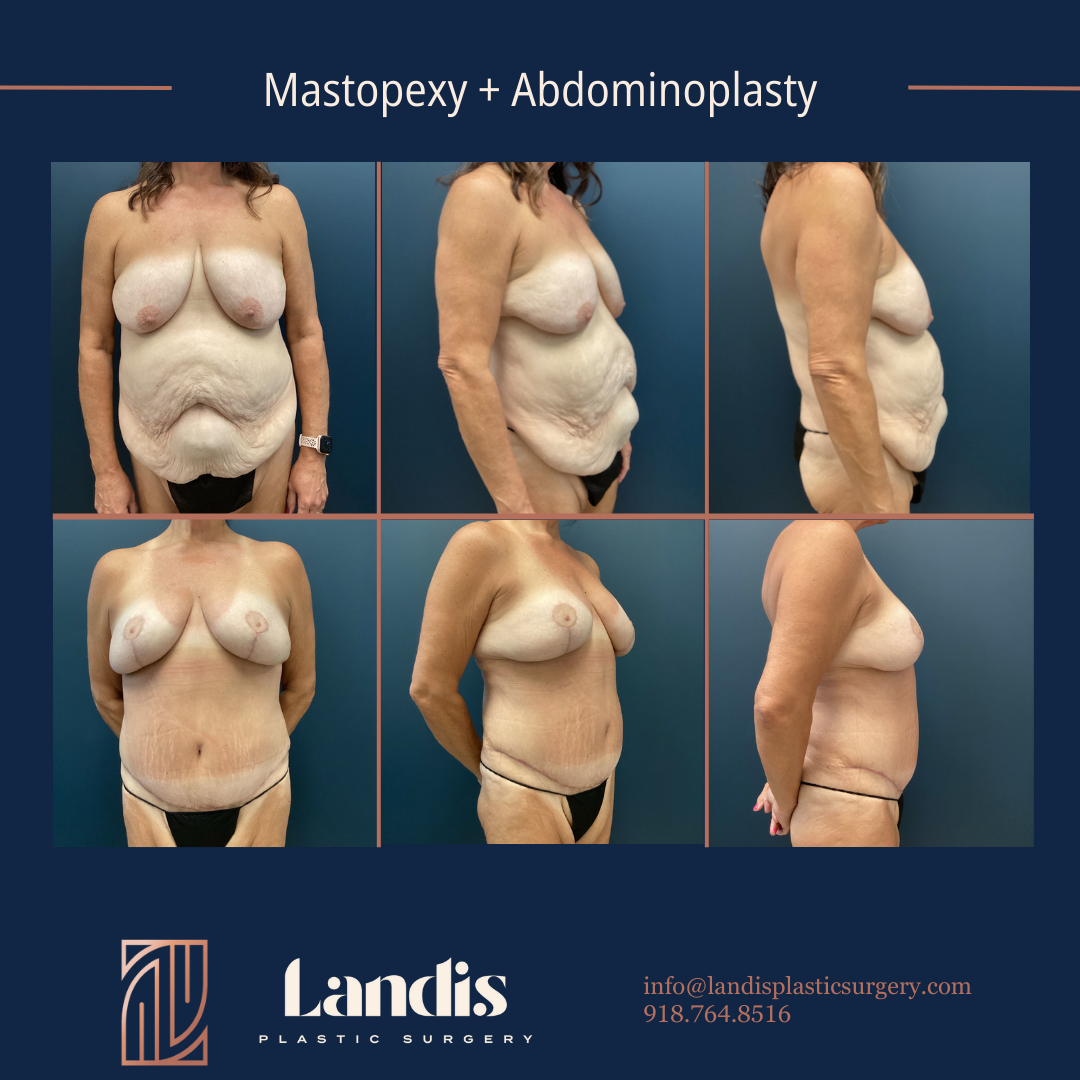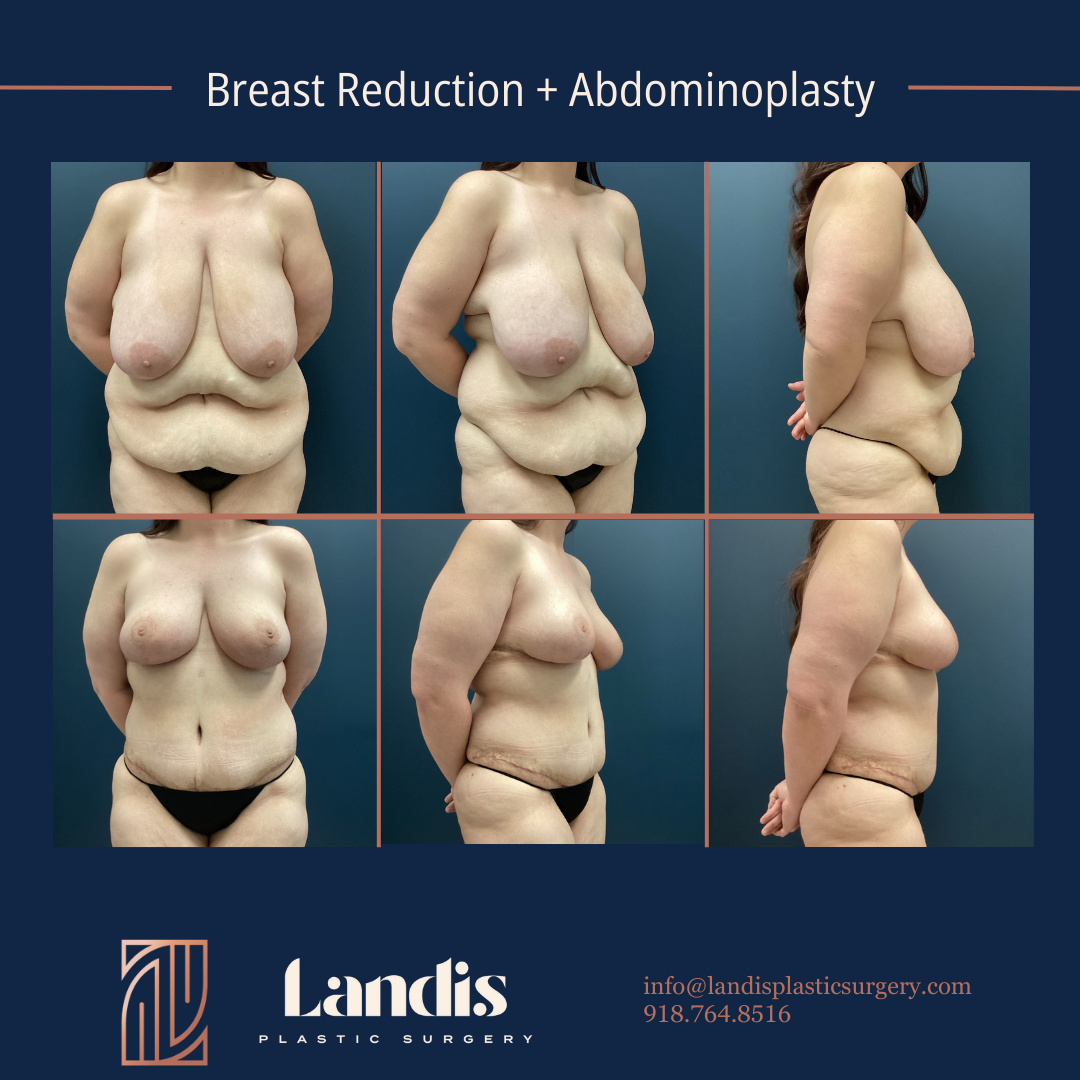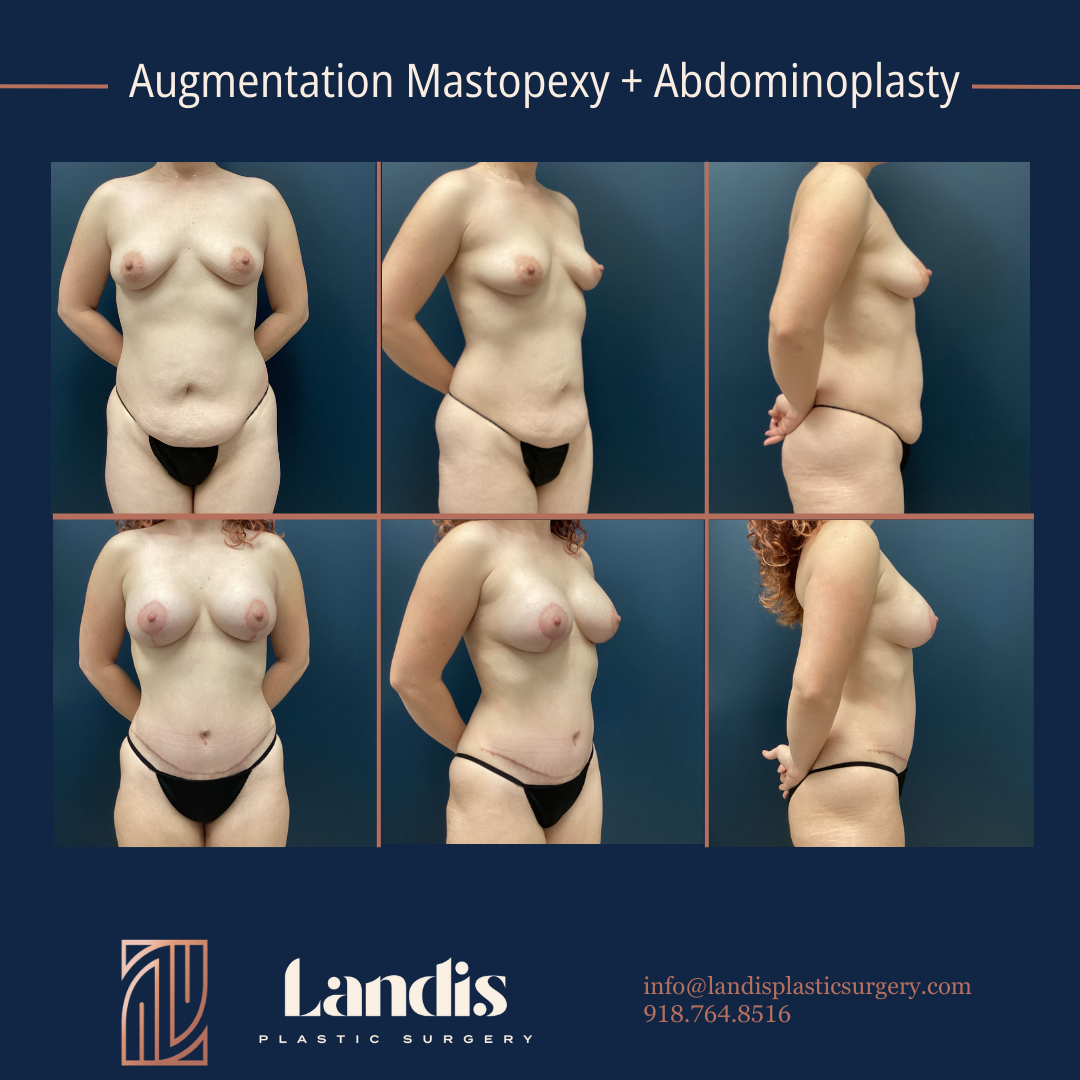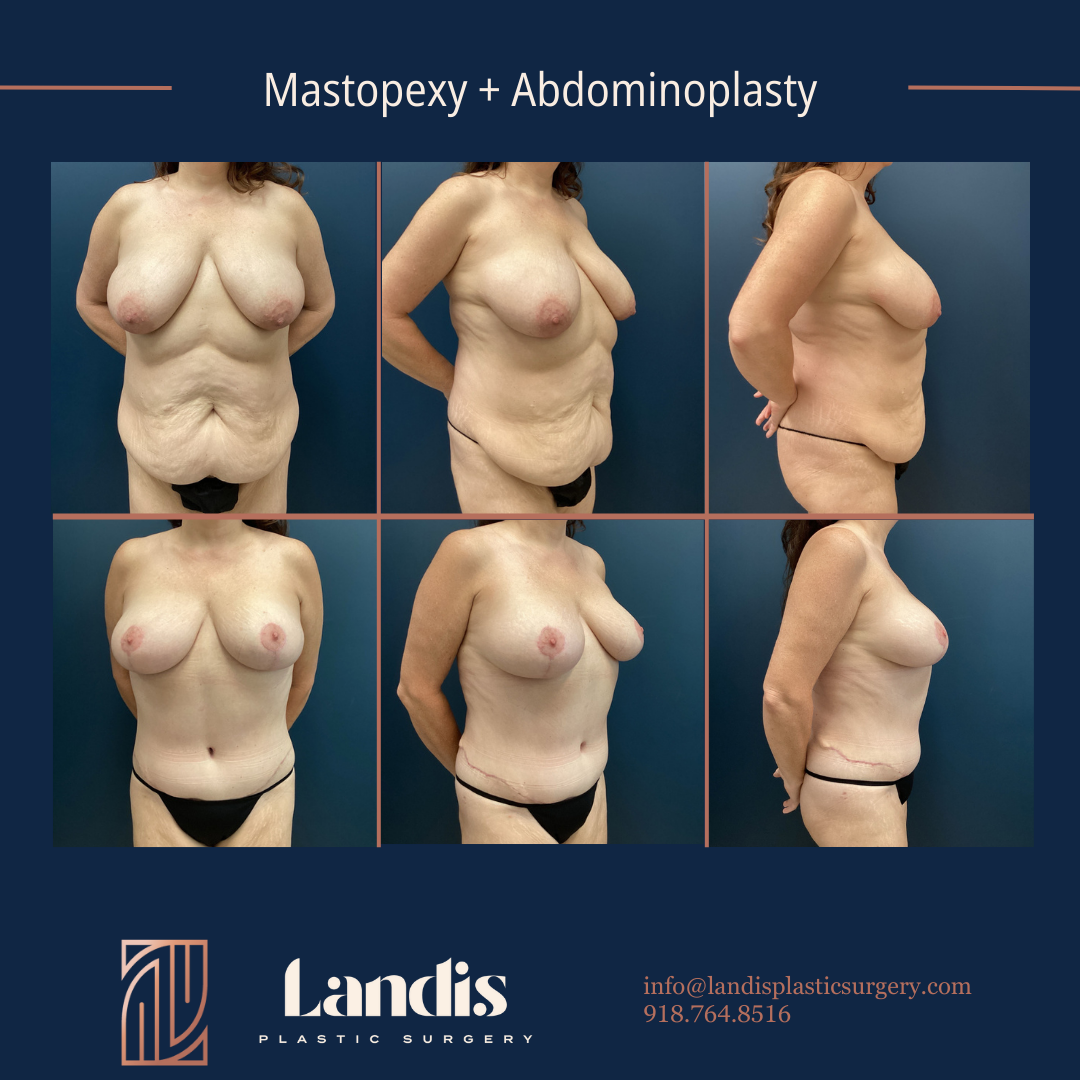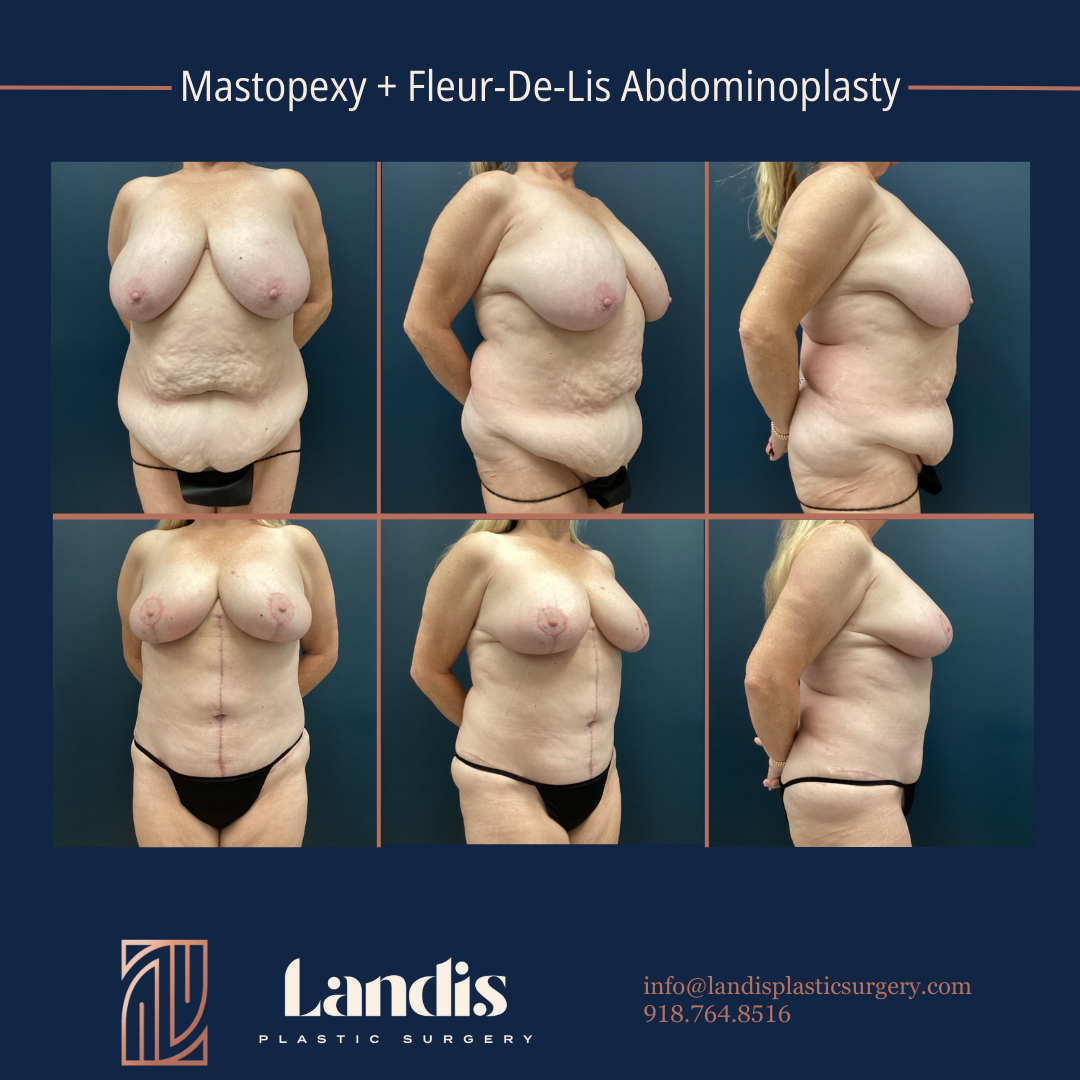Other Procedures
Other Procedures
Upper Blepharoplasty
Otoplasty
Lower Blepharoplasty
Lip Lift
Face Lift
SkinPen
Neck Lift
Injectables
Breast Augmentation
Breast Re-Augmentation
Breast Lift
Breast Re-Augmentation + Lift
Breast Augmentation + Lift
Breast Reduction
Breast Implant Removal
Breast Implant Removal + Lift
Breast Reconstruction Revision
Revision Breast Surgery
Breast Fat Grafting
Nipple Procedures
Mommy Makeover
Liposuction
Thigh Lift
Arm Lift
Abdominoplasty
Fleur-de-lis Abdominoplasty
Labiaplasty
Body Contouring
Scar Revision
Skin Lesion Removal
Abdominoplasty, commonly known as a tummy tuck, is a surgical procedure that helps improve the appearance of the abdominal area by removing excess skin and fat and tightening the underlying muscles. It is an effective solution for individuals who have loose or sagging abdominal skin, weakened abdominal muscles, or stubborn fat deposits that are resistant to diet and exercise.
Reasons for Abdominoplasty:
Abdominoplasty is suitable for patients who are experiencing one or more of the following concerns:
- Excess skin and fat: Significant weight loss, pregnancy, or natural aging can lead to the accumulation of excess skin and fat in the abdominal area. Abdominoplasty can remove this excess tissue, resulting in a flatter and more toned appearance of the abdomen.
- Abdominal muscle weakness: Pregnancy, weight gain or previous surgeries can cause the abdominal muscles to stretch or separate, resulting in a protruding belly or weakened core. Rectus abdominus muscle separation (rectus diastasis) is common after pregnancy and is not a true hernia but can be repaired. Abdominoplasty can repair and tighten these muscles, improving core stability and overall abdominal contour.
- Stubborn fat deposits: Despite a healthy lifestyle and regular exercise, some patients may struggle with localized fat deposits in the abdominal region. Abdominoplasty can address these stubborn fat pockets and provide a more sculpted appearance. Liposuction is often used to address these areas specifically during the surgery.
Procedure:
Abdominoplasty is performed under general anesthesia and can take approximately two to three hours, depending on the extent of the procedure. Dr. Landis will make an incision along the lower abdomen, typically from hip to hip, below the bikini line. The length and shape of the incision may vary based on individual needs and goals.
Dr. Landis will then access the underlying abdominal muscles and tighten them by suturing them together. These rectus plication sutures help create a firmer and flatter abdominal contour and cinches in the waistline. Excess skin and fat are removed, and the remaining skin is repositioned and tightened to create a smoother appearance. Dr. Landis will often liposuction the flank area to further enhance the result. The belly button is delivered to the correct position and all incisions closed with dissolvable sutures. One surgical drain is placed. Surgical tape dressings are applied, and the patient is placed in a compression garment.
Recovery and Aftercare:
After abdominoplasty, patients may experience some discomfort, swelling, and bruising. Pain medication is prescribed to manage any post-operative pain. Anti-nausea medication and antibiotics are also prescribed.
It is important to follow Dr. Landis’ post-operative instructions regarding wound care, medication, and activity restrictions. The surgical tape dressings are left in place for 3 weeks. Patients can anticipate to recover at home for 2 weeks. After this time most patients can return to a desk job. Patients with a more active job may require more time off work. Light exercise can resume around 4 weeks post-op. Patients with small children will need to make arrangements for assistance during the immediate recovery period.
A compression garment is provided support to the healing tissues and minimize swelling. This is worn at all times except for showering for the first 3 weeks. After this the patient may wear any compressive undergarment, if they prefer, for an additional 3 weeks. It is crucial to avoid strenuous activities, heavy lifting, and bending at the waist for several weeks to ensure proper healing.
Potential Risks and Complications:
As with any surgical procedure, abdominoplasty carries certain risks and potential complications. These may include:
- Infection
- Bleeding
- Poor scarring
- Fluid accumulation (seroma)
- Numbness or changes in sensation
- Delayed wound healing
- Blood clots (DVT, PE)
- Anesthesia risks
Dr. Landis will address any concerns or questions you may have before deciding to undergo abdominoplasty.
Cost:
Abdominoplasty cost includes the surgeon fee, facility fee, anesthesia fee, and any labs or imaging that may be required before or after surgery. The total cost for an abdominoplasty ranges from $8,800-$12,000 and varies if any additional surgery is required. Dr. Landis will formulate a plan specific for each patient and a detailed estimate will be provided. CareCredit is available to our patients, and we’d be happy to discuss this option with you!
Conclusion:
Abdominoplasty should be carefully considered in consultation with a qualified plastic surgeon. It can help patients achieve a flatter, firmer, and more contoured abdomen by removing excess skin and fat and tightening the underlying muscles. By thoroughly researching and discussing your goals and concerns with Dr. Landis, you can make an informed decision about abdominoplasty and achieve the desired results.
